Choosing the right grease gun is essential for efficient and effective lubrication of machinery and equipment. Whether you're maintaining a car, industrial machinery, or agricultural equipment, selecting the appropriate grease gun can make the job easier and more precise. This guide will help you understand the key factors to consider when choosing a grease gun.
There are several types of grease guns, each designed for specific applications and user preferences. The main types include:
Manual grease guns are operated by hand and include lever and pistol-grip styles:
Lever Grease Guns: Require two hands to operate, one to hold the gun and one to pump the lever. They provide high pressure and are ideal for heavy-duty applications.
Pistol-Grip Grease Guns: Operated with one hand, allowing for greater ease of use in tight spaces. They are suitable for medium-duty applications.
Pneumatic grease guns are powered by compressed air, making them easier to use for continuous lubrication tasks. They are ideal for professional and industrial settings where speed and efficiency are crucial.
Battery-operated grease guns offer the convenience of cordless operation, combining the power of pneumatic guns with the portability of manual guns. They are perfect for fieldwork and applications where mobility is essential.
When selecting a grease gun, consider the following features to ensure it meets your needs:
Pressure Rating: The pressure rating indicates the maximum pressure the grease gun can deliver. Higher pressure is beneficial for heavy-duty applications and stubborn fittings.
Capacity: Grease guns come with different cartridge capacities, typically 14 ounces. Choose a capacity that matches your usage frequency to reduce the need for frequent reloading.
Ease of Use: Consider the ergonomics of the grease gun, including handle design and weight. A comfortable and easy-to-use grease gun reduces fatigue during extended use.
Hose Length and Flexibility: A longer and more flexible hose can make it easier to reach difficult or tight spaces. Look for grease guns with high-quality hoses that resist kinking.
Durability: Choose a grease gun made from high-quality materials to ensure longevity and reliability, especially in demanding environments.
Compatibility: Ensure the grease gun is compatible with the types of grease you use and the fittings on your equipment.
Proper use of a grease gun ensures effective lubrication and prolongs the life of your machinery. Follow these steps:
Load the grease gun with the appropriate grease cartridge or bulk grease.
Prime the grease gun to remove any air pockets from the system.
Attach the coupler to the fitting securely to prevent leaks.
Apply grease by operating the lever, trigger, or air supply until the desired amount is dispensed.
Detach the coupler carefully to avoid excess grease or damage to the fitting.
Q: How do I know which grease is compatible with my grease gun?
A: Check the manufacturer's specifications for both your grease gun and the machinery you're lubricating. Compatibility information is typically provided in the user manual or product documentation.
Q: How often should I lubricate my equipment?
A: Lubrication frequency depends on the type of equipment and its usage. Refer to the manufacturer's maintenance schedule for specific guidelines.
Q: Can I use different types of grease in the same grease gun?
A: It's generally best to stick with one type of grease to avoid cross-contamination. If you need to switch greases, thoroughly clean the grease gun to remove any residue of the previous grease.
Choosing the right grease gun involves understanding your specific needs and the features that will best meet those needs. By considering the type of grease gun, its features, and proper usage techniques, you can ensure effective lubrication and extend the life of your equipment.
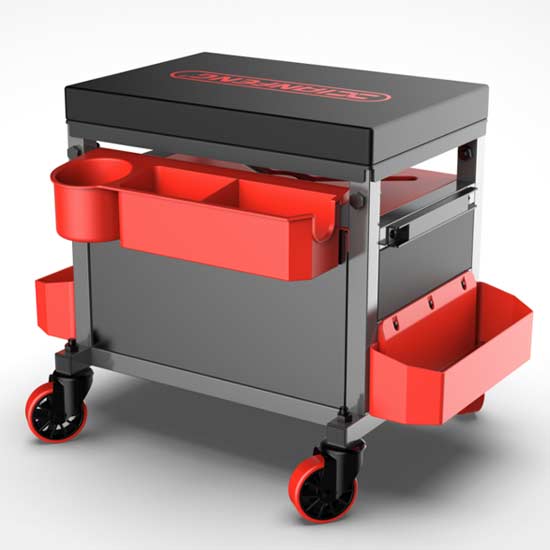 Tool seat
Tool seat
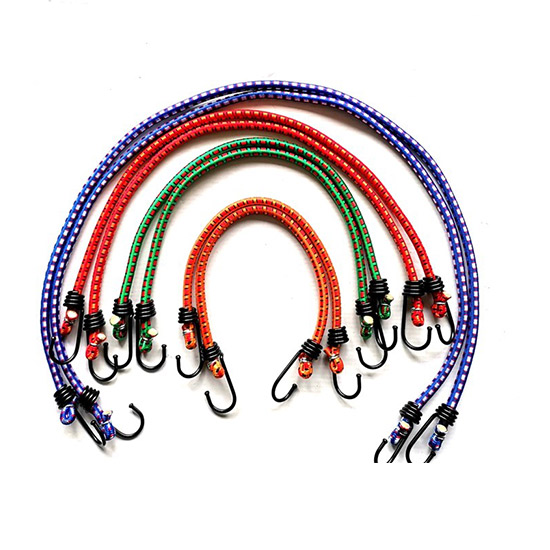 Stretch Cord
Stretch Cord
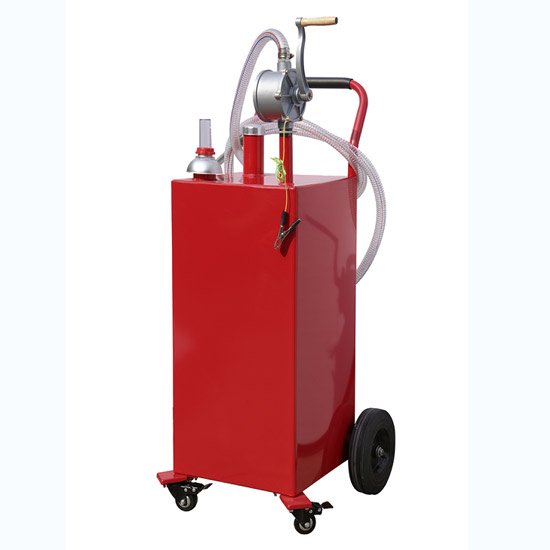 Oil Pump
Oil Pump
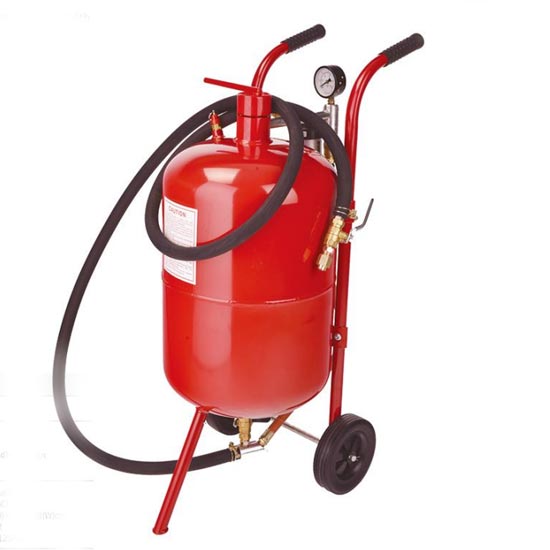 Sandblast Pot
Sandblast Pot
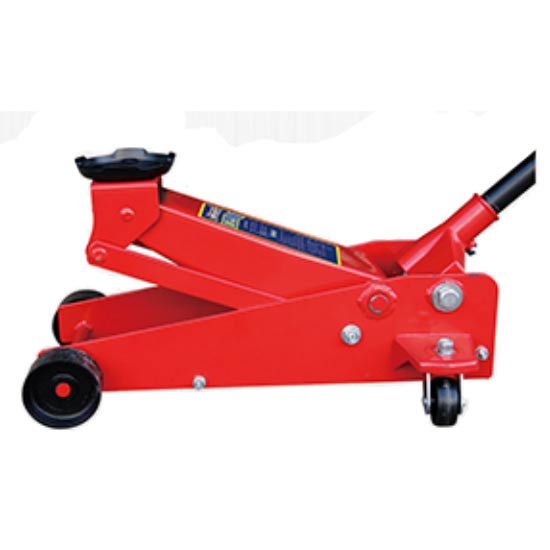 2.25 Ton Hydraulic Floor Jack
2.25 Ton Hydraulic Floor Jack
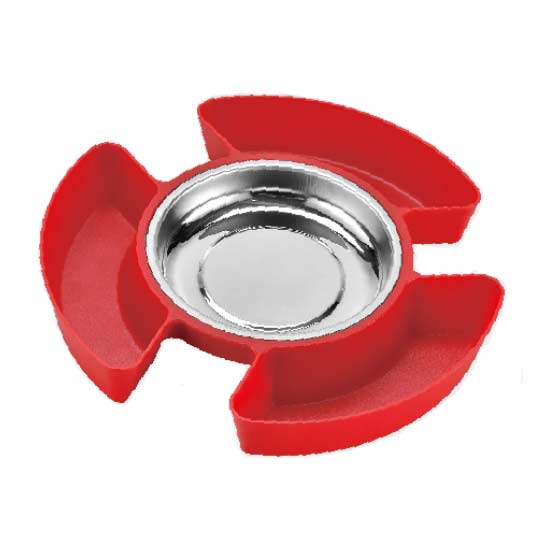 Magnetic Tray With Tool Plate
Magnetic Tray With Tool Plate
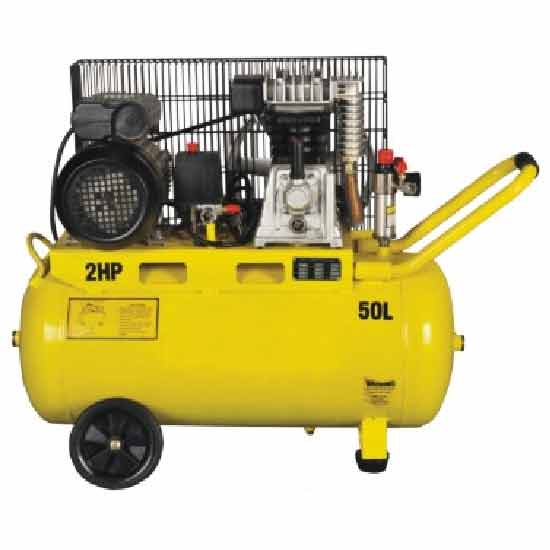 Single-stage Air-cool Movable Air Compressor
Single-stage Air-cool Movable Air Compressor
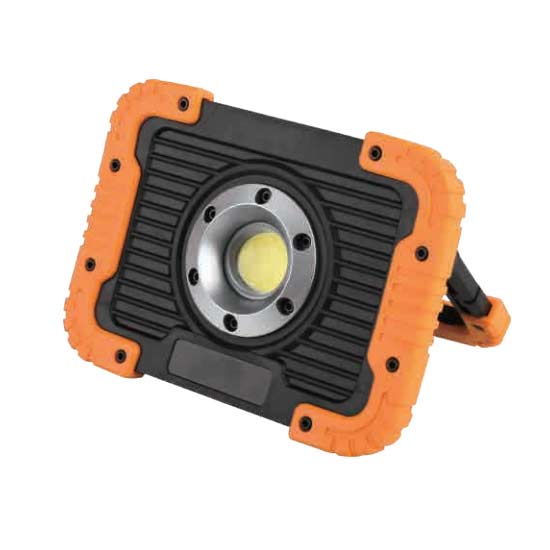 10W Rechargeable Led Flood Light
10W Rechargeable Led Flood Light
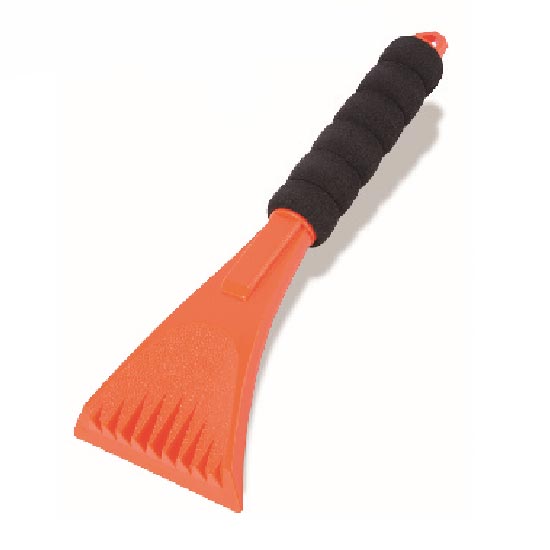 Ice Scraper
Ice Scraper
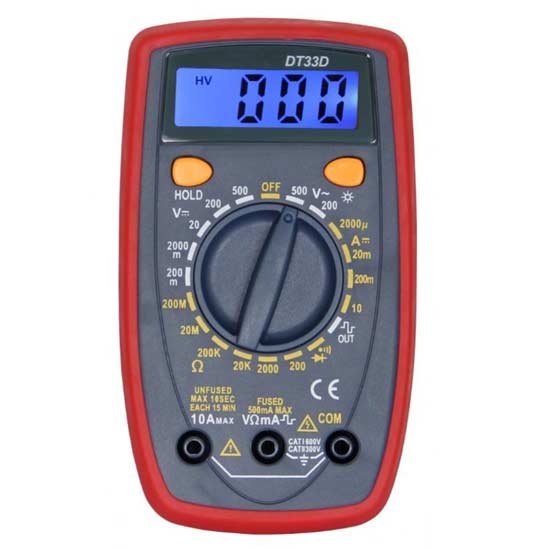 Small Multimeter with Backlight
Small Multimeter with Backlight
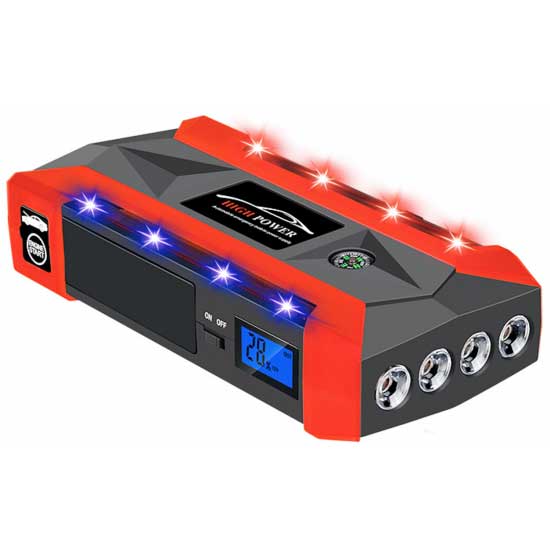 Jump Starter With 4 Led Lights
Jump Starter With 4 Led Lights
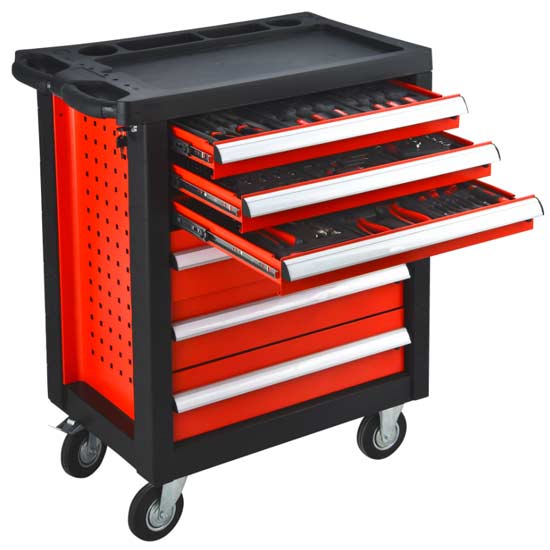 Steel Tool Cabinet
Steel Tool Cabinet
 Large Tool Cabinet
Large Tool Cabinet
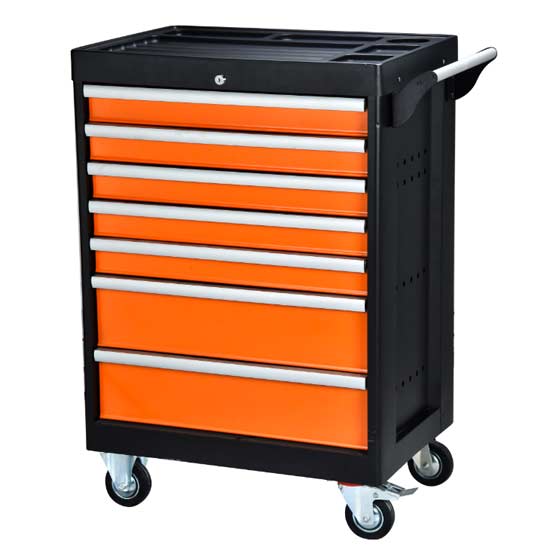 Tool Storage Cabinet
Tool Storage Cabinet
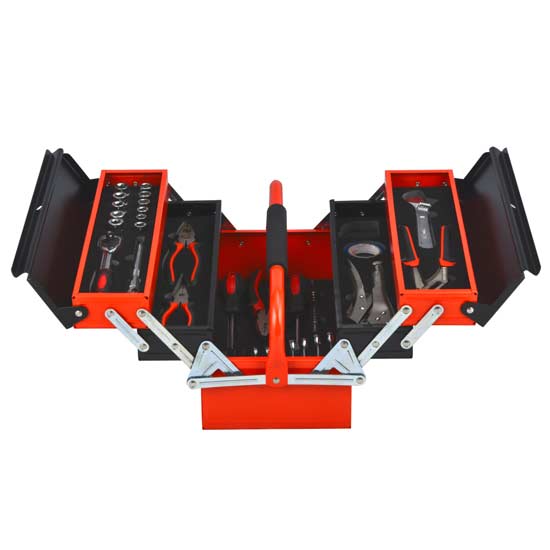 Metal Tool Box
Metal Tool Box
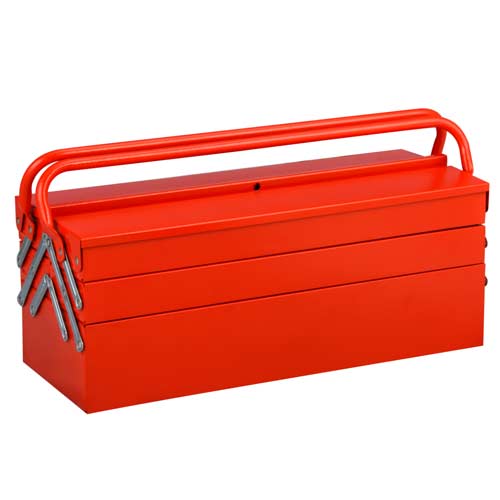 Large Metal Tool Storage Box
Large Metal Tool Storage Box
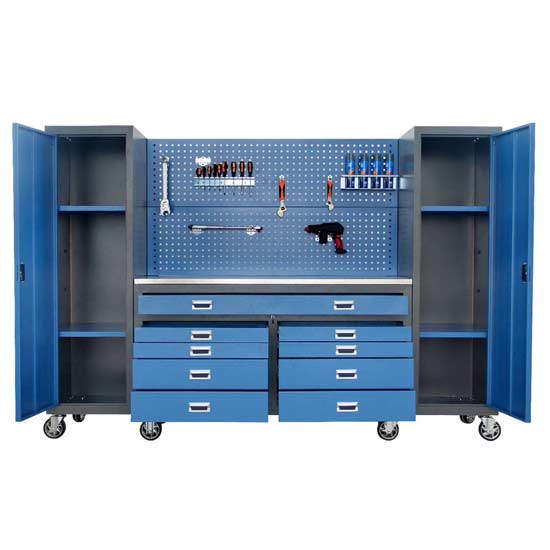 Blue Metal Tool Cabinet
Blue Metal Tool Cabinet
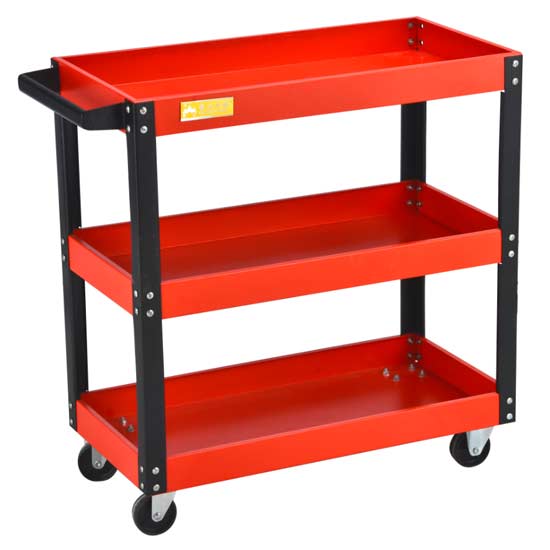 Red Steel Tool Trolley
Red Steel Tool Trolley
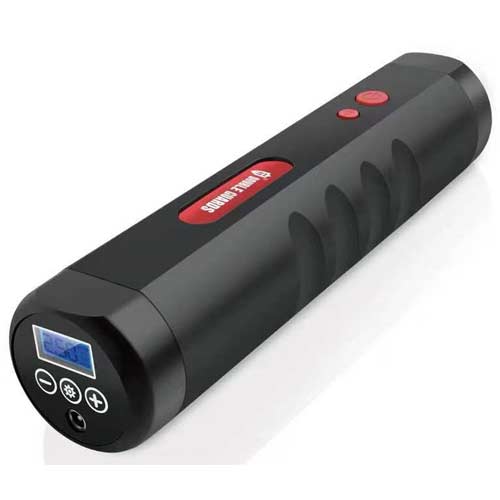 Portable Tire Inflator
Portable Tire Inflator
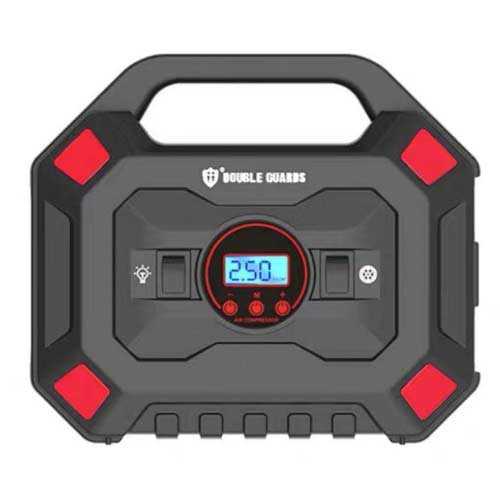 Custom Tire Inflator
Custom Tire Inflator
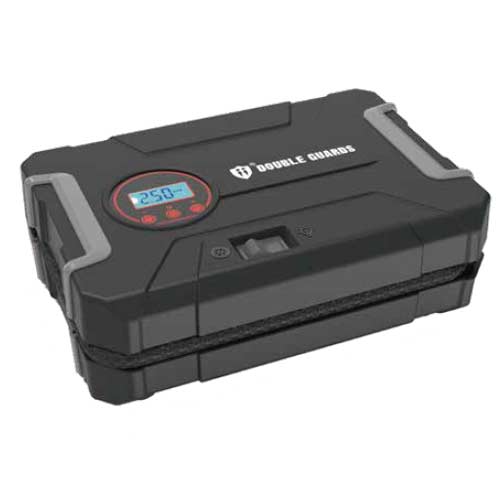 Tire Pressure Pump
Tire Pressure Pump
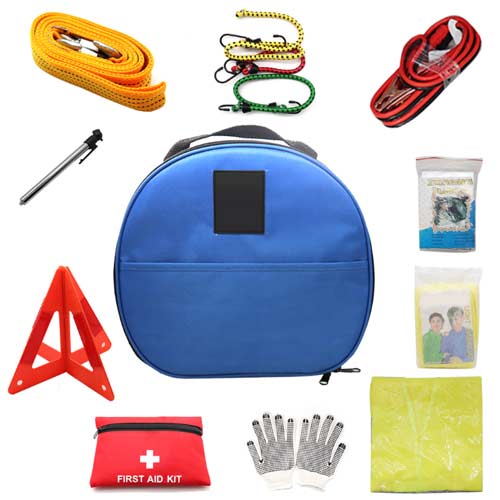 Auto Emergency kit
Auto Emergency kit